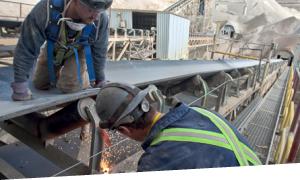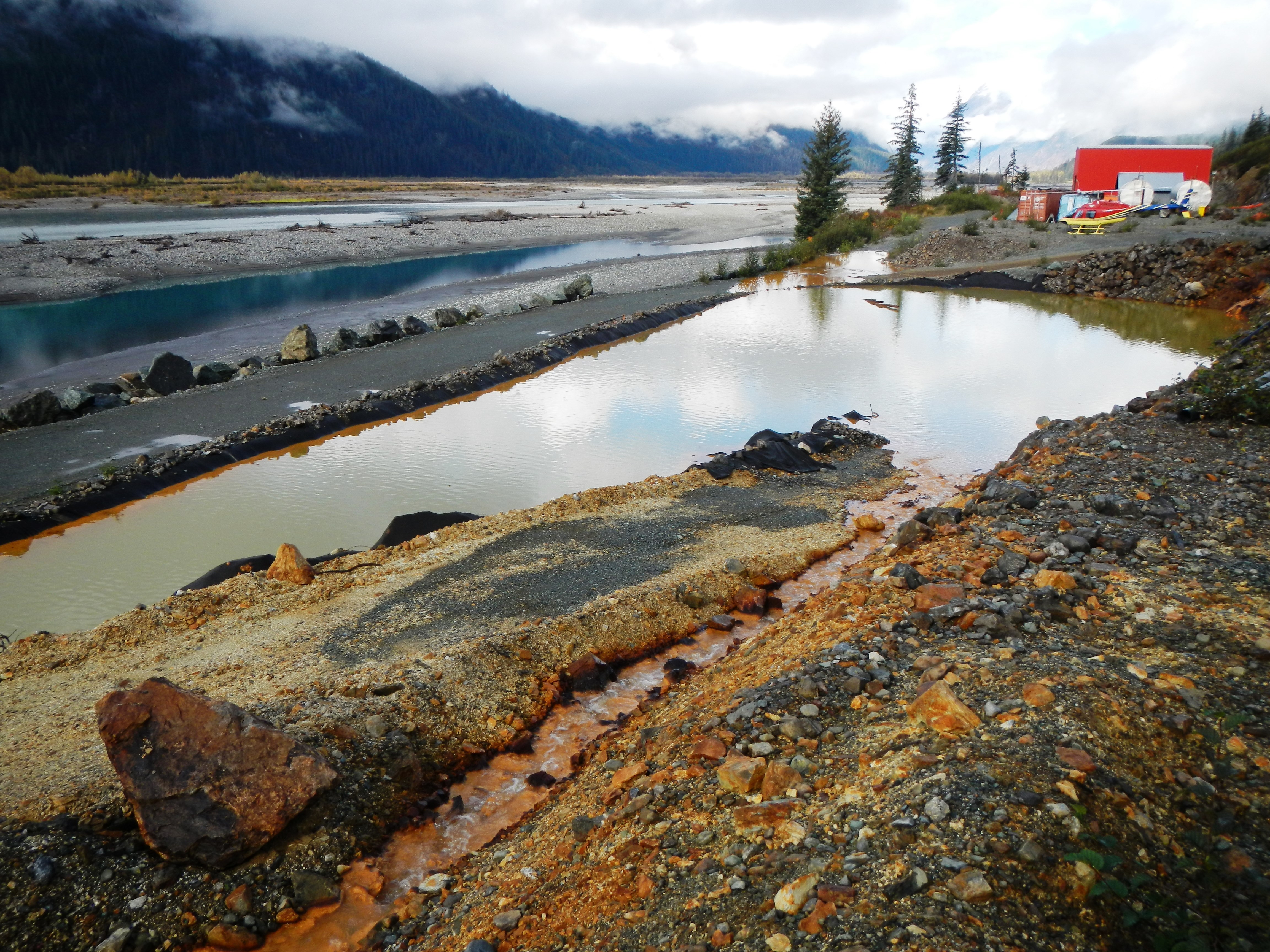Global Rise of Solar Power Set to Give Canadian Mines a Place in the Sun
 British Columbia is poised to continue to help lead the world in our transition to a lower carbon future. With reserves of some of the highest quality metals and minerals required for this transition, BC has the opportunity to be at the forefront of this global movement. BC is unique - it has a geology that houses many of the metals required to build clean energy infrastructure, including copper, silver, molybdenum, steelmaking coal and others; these all combine to make BC a very important jurisdiction in this evolution.
British Columbia is poised to continue to help lead the world in our transition to a lower carbon future. With reserves of some of the highest quality metals and minerals required for this transition, BC has the opportunity to be at the forefront of this global movement. BC is unique - it has a geology that houses many of the metals required to build clean energy infrastructure, including copper, silver, molybdenum, steelmaking coal and others; these all combine to make BC a very important jurisdiction in this evolution.
We also have an affordable, clean energy grid, and a pool of world-class talent in technology, green innovations, environmental science, engineering and more. We have a robust, world-leading regulatory framework that British Columbians and Canadians can be proud of. We have been change-leaders in our engagement with First Nations and communities, ensuring that the benefits of resource development are shared. British Columbia is, by all measures, well positioned to lead the world towards a cleaner, more inclusive future.
The accelerated growth in global demand for clean energy technologies in recent years has sparked worldwide interest in the Canadian mining industry. One practical example is the important role of our mining inputs in photovoltaic solar sources, or PV Solar Panels.
The idea of solar power has become synonymous with clean energy for a good reason; it's a prime example of a technology that's growing in popularity alongside its capability. PV panels are quickly being adopted worldwide, with countries like India and the US doubling their solar capacity since 2015. In 2016, China increased their capacity to 30 gigawatts-for reference, according to Clean Energy Canada (CEC) that's enough solar panels to cover nearly three soccer fields every hour. That same year, India built the world's largest solar project: 2.5 million PV panels created in 8 months, for a grand total of $900 million, generating 648 megawatts. That's enough power for 150, 000 homes. With this evidence of global advancement in PV capacity, the growth of the solar industry is naturally generating interest in countries that produce the raw materials required for PV solar panels. With the resources to manufacture them, this places Canada in the spotlight.
 British Columbia is renowned for mining, and is also home to some of the world's most progressive mining companies. For mining companies, the growth in clean energy technologies presents a wealth of possibilities, and solar technology is emerging as a golden opportunity. BC has the potential to lead the way as a crucial supplier of natural resources for constructing global solar power. As of 2017, there are over 3 million jobs in the solar technology industry globally, and that number is only expanding. Clean Energy Canada reports that, in 2016, the solar industry set a new record with "73 gigawatts (GW) of new capacity coming online. For context, that's more than half the capacity of Canada's entire electricity grid." In addition to this, costs associated with solar dropped by 58 percent between 2010 and 2015, suggesting that it has become a more affordable technology to adopt and advance.
British Columbia is renowned for mining, and is also home to some of the world's most progressive mining companies. For mining companies, the growth in clean energy technologies presents a wealth of possibilities, and solar technology is emerging as a golden opportunity. BC has the potential to lead the way as a crucial supplier of natural resources for constructing global solar power. As of 2017, there are over 3 million jobs in the solar technology industry globally, and that number is only expanding. Clean Energy Canada reports that, in 2016, the solar industry set a new record with "73 gigawatts (GW) of new capacity coming online. For context, that's more than half the capacity of Canada's entire electricity grid." In addition to this, costs associated with solar dropped by 58 percent between 2010 and 2015, suggesting that it has become a more affordable technology to adopt and advance.
 Of the 19 metal and mineral materials required to make PV solar panel, Canadian mines produce 14, including eight of which are considered "critical". The "critical materials" designation means that these products are "particularly important to the technology and also face supply challenges, which include a small global market, a lack of supply diversity, market complexities caused by co-production, and geopolitical risks," as described by CEC. Both copper and silver are included in the listing of critical materials; BC is an important source of these materials, which generated a combined $2.3 billion in 2016. British Columbia is Canada's largest producer of copper, shipping nearly 1 million tonnes in 2016.
Of the 19 metal and mineral materials required to make PV solar panel, Canadian mines produce 14, including eight of which are considered "critical". The "critical materials" designation means that these products are "particularly important to the technology and also face supply challenges, which include a small global market, a lack of supply diversity, market complexities caused by co-production, and geopolitical risks," as described by CEC. Both copper and silver are included in the listing of critical materials; BC is an important source of these materials, which generated a combined $2.3 billion in 2016. British Columbia is Canada's largest producer of copper, shipping nearly 1 million tonnes in 2016.
The global rise of solar panels has set the stage for BC to power everything under the sun. The International Energy Agency (IEA) has suggested that solar should play a key role in the future of energy, in order to avoid extreme climate change. In the scenario outlined by the IEA, PV solar panels are given a lead role in the transition to clean energy; the demand for solar PV capacity could increase more than 17-fold between 2015 and 2050. This increase in growth can't happen without the natural resources that make up PV panels, and several indicators suggest this increase in demand is already underway.
In addition to fueling the economy and job creation, mining companies have an important role to play in a new green economy. Our mines are producing the inputs required to make this transition, and our companies are continuing to invest in these clean technologies for our own operations. In light of the global rise of PV solar panels, the future looks bright for Canadian mines and the Canadian economy, and British Columbia is poised to lead the way.

Bryan Cox is President & CEO of the Mining Association of British Columbia (MABC)
MABC | www.mining.bc.ca
Source: Mining for Clean Energy 2017; Clean Energy Canada: http://cleanenergycanada.org/work/mining-clean-energy-2017/
Volume: 2018 March/April









.png?r=6662)


